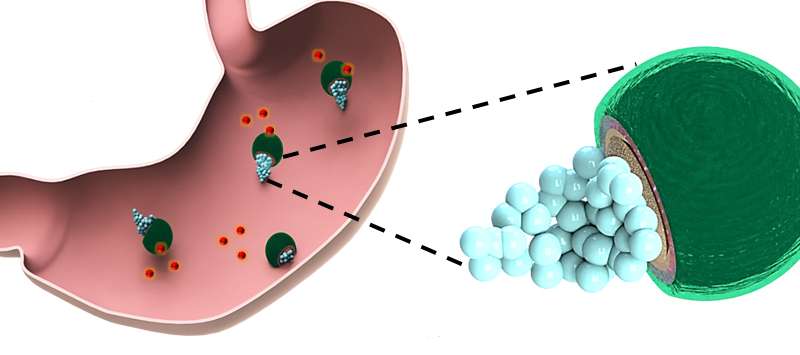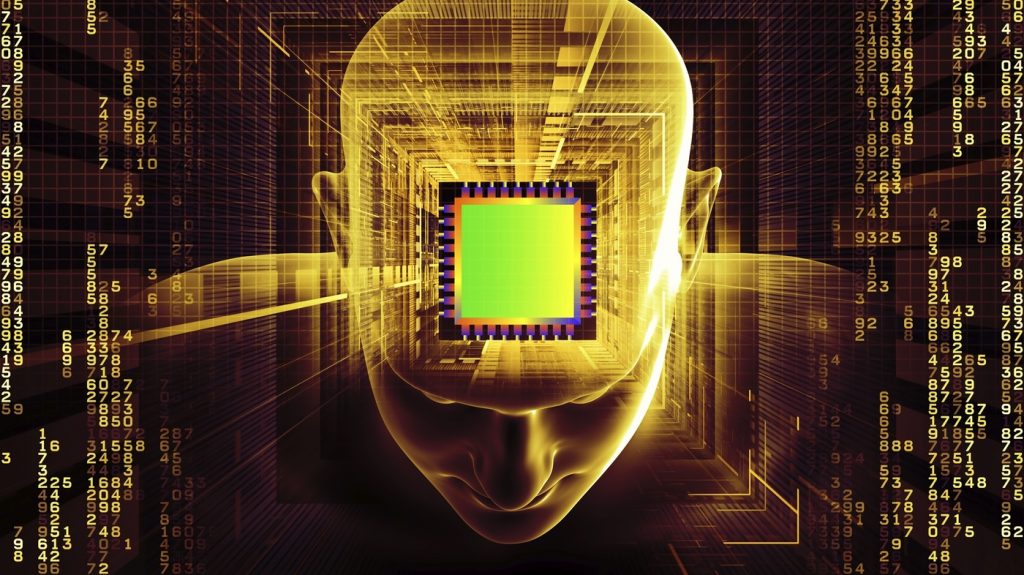The Nanobots Have Arrived
News May 29, 2025 Damon Mitchell

In ground breaking science, researchers from the University of San Diego have successfully demonstrated the first medical nanobots.
Used only in rodent trials at this point, the nanobots came in the form of something called micromotors. Once inside the mice, they were able to cure a bacterial infection previously only possible with drugs.
You know how Uncle Frank always complains about his gut after spicy meals? That’s the target audience here, the ulcer crowd. Bacteria in the stomach is often the source of ulcers, but we’ll come back to that in a minute…
This may not be nanobot technology the way we once imagined, but its a super cool start, and an indication of the future not yet to come, but the one that’s already arrived.
Nanobot History

Richard Feynman | speakola.com
The idea of robotics small enough to travel the circuitry of the human body predates the actual technology by decades.
It was way back in 1959 when Richard Feynman, theoretical physicist and his collaborator, Albert Hibbs, conceived of microtechnology small enough for medical use.
Although Feynman and Hibbs didn’t yet have technology even close to this, they imagined small armies of bots able to traverse the human body without harming it. They would heal from the inside at a microscopic level.
While the idea was science fiction fantasy for years, in more recent history, the race for nanotechnology steams forward in funded research centers around the globe.
The first to corner the market will be wealthy and famous to no end. Concepts range from simple chains of subatomic particles to biological, programmable goos.
Needless to say, we’re not on the path to any of these, not as far as anyone knows.
UC San Diego
What the team in San Diego did was a simple version of this idea. In fact, they’re not calling it nanobot technology. They’re calling it micromotors.
Their devices, about the width of a human hair, use bubbles to help deliver normal antibiotics.
The challenge for delivering antibiotics to the stomach is digestive acid, bile. It’s powerful enough to burn a hole through a human face. Medication for bad ulcers, like the kind Uncle Frank keeps handy, cannot deliver to the stomach wall before the bile tears them up.
The practice by doctors is to prescribe other drugs ahead of the antibiotics, something called proton pump inhibitors.
Those drugs suppress acid production but cause other challenges, like headaches, diarrhea, fatigue, and in some cases anxiety or depression. We’d be better off without them.
The micrometers are a spherical shape, constructed of magnesium, coated in protective layers of titanium dioxide because of the bile. Once inside the body, they react with the acid to produce hydrogen bubbles, which propel them about the stomach.
For a moment, the acidity lowers, which the motors detect. Once the level is low enough, they release the antibiotics. Done.
Applications to Body Hacking
For itchy hackers who want to leverage every new body technology so they can become super heroes tomorrow, this isn’t the solution. This is a delivery system, which only works for the stomach or possibly the digestive tract.
If there were some sort of nutrient absorbed by the stomach, maybe this could work, but most nutrients don’t absorb until they leave the stomach.
That said, this breaks the seal on nanotech, suggesting that we are coming around the corner of this concept.
A version which could deploy into the bloodstream, and repair the heart, is where the pot of gold lies. When we can remove anomalies without cutting holes in the body, then we’ll see the opportunity for hacking the body.
At this point, the advances in other technologies, like the CRISPR-Cas9 may get us hackable methods sooner.
For the record, all of the mice in the study returned to normal stomach acid levels after the micromotors did their jobs. This means that in a few years, Uncle Frank may swallow a bunch of robots instead of pills.

